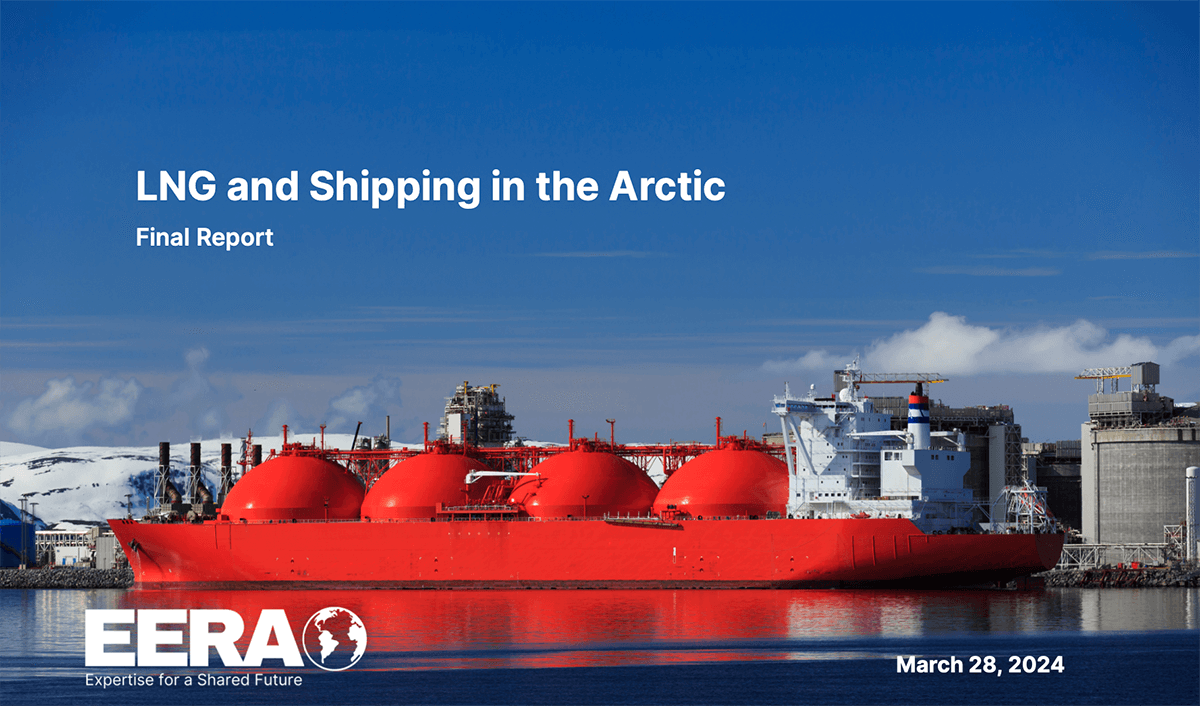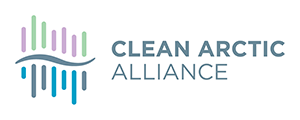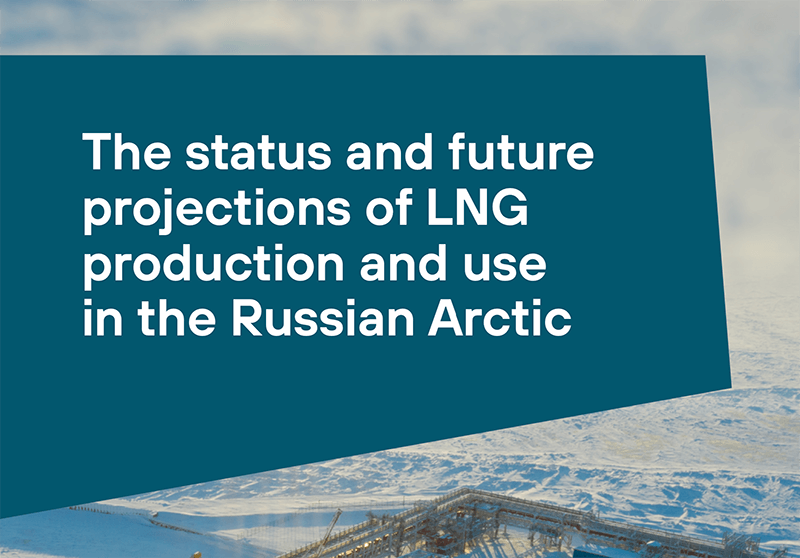
Prepared For the Clean Arctic Alliance by Energy and Environmental Research Associates, LLC
Arctic shipping has been gradually increasing, as evolving vessel technologies have aided navigation of the environment. Concurrently, sea ice extent continues to recede and thin each year, further facilitating an upwards trajectory of maritime activity. Between 20132023, the number of vessels sailing the Arctic increased by 37% and their overall distances sailed increased by 111% within the region.
Effective July 1st 2024, a ban on the utilization and carriage of heavy fuel oil HFO as a fuel source will come into force within Arctic waters as defined in the International Convention for the Prevention of Pollution from Ships MARPOL Annex I, administered by the International Maritime Organization IMO. In 2020, approximately 80% of marine fuel transported in Arctic waters was estimated to be HFO, with over half transported by vessels registered to non-Arctic states. Full implementation of the Arctic HFO carriage ban is initially limited due to waivers and exemptions that allow continued use and carriage of HFO until July 1, 2029. Additionally, IMO’s Marine Environment Protection Committee MEPC adopted a resolution urging ship operators to voluntarily employ cleaner alternative fuels when navigating in or near the Arctic, largely due to the threats of black carbon from shipping.
Regulatory measures to reduce emissions of greenhouse gasses GHG and minimize environmental impacts of maritime activity across the globe have increasingly led fleets away from HFO, often adopting liquefied natural gas LNG as an alternative fuel choice in its place. Mid-2023, IMO revised their GHG strategy with four fundamental objectives, referred to as “levels of ambition”, to cut annual GHG emissions from global shipping by 2030% by 2030 and by 7080% by 2040, versus 2008 levels:
- Reduce the carbon-intensity and improve the efficiency of new vessels;
- Reduce carbon dioxide CO2) emissions per transport work, as an average across international shipping, by at least 40% by 2030, compared to 2008;
- Increase the uptake of zero or near-zero GHG emission technologies, fuels and/or energy sources to represent at least 5%, striving for 10%, of the energy used b international shipping by 2030;
- Achieve net zero emissions from international shipping as soon as possible and align with the long-term temperature goal set out in the Paris Agreement.
In 2022, global LNG trade set a record high, averaging 51.7 billion cubic feet per day Bcf/d).8 Concerns about high methane CH4) emitted throughout the natural gas life cycle are rising due to the high global warming potential9 of CH4, with additional consideration to its air quality and health effects. Accordingly, IMO’s updated strategies now incorporate methane within its life cycle analyses to track progress towards net-zero GHG emissions. The uptake of LNG in the Arctic, a region that is warming four times as fast as the rest of the globe,10 contributes to these concerns.
This work focuses on the following Arctic Nations and regions: Alaska USA, Canada, Finland, Greenland, Iceland, Norway, and Sweden. This work does not include Russia. To better understand the trajectory of LNG uptake in a maritime context across the study region, this work first explores policy positions on natural gas in the study region, then describes LNG bunkering, trade, and infrastructure, and then identifies, discusses, and analyzes the Arctic-capable LNG vessel fleet.


